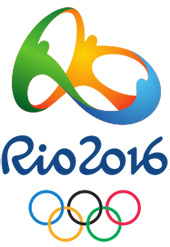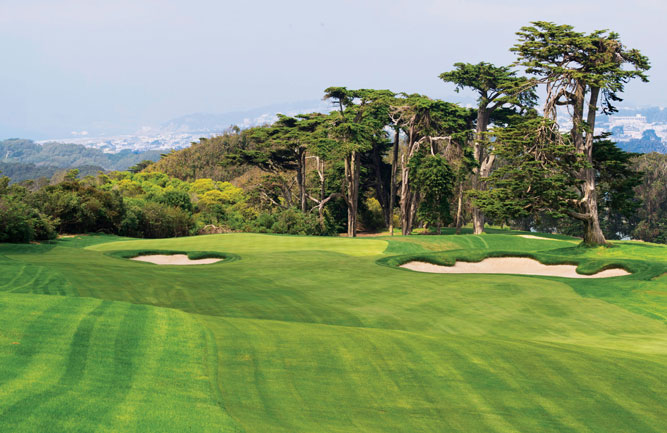Grassing of the Olympic Golf Course in Rio underway
 Green Grass Brazil began installing Zeon Zoysia grass and SeaDwarf Seashore paspalum on the Olympic Golf Course because just two years from now, in August 2016, golf will return as an Olympic sport for the first time in more than a century. Marcelo Matte, owner of Green Grass Brazil, began growing the grass on his Brazilian sod farms in January 2013 and began planting from the sod farm onto the course’s playing surface in May 2014.
Green Grass Brazil began installing Zeon Zoysia grass and SeaDwarf Seashore paspalum on the Olympic Golf Course because just two years from now, in August 2016, golf will return as an Olympic sport for the first time in more than a century. Marcelo Matte, owner of Green Grass Brazil, began growing the grass on his Brazilian sod farms in January 2013 and began planting from the sod farm onto the course’s playing surface in May 2014.
A licensed sod producer of both grass varieties used on the course — Zeon Zoysia on tees, fairways and roughs, and SeaDwarf Seashore Paspalum on the greens — Matte also spearheads the installation of the grass on every playing surface of the course designed by American golf course architect Gil Hanse.
Matte says Green Grass Brazil will produce between 35 to 40 hectares — 85 to 100 acres — of grass for the 18-hole golf course. He employs 20 staffers to install the grass on the course, along with expert help from David Doguet, the American turfgrass breeder from Bladerunner Farms in Poteet, Texas, who developed Zeon Zoysia for use on golf courses.
Several different planting methods are used at the course. Most of the Zeon Zoysiagrass surfaces are being planted using big roll sod, large spools of sod in one continuous piece that unfurl over a long surface, yet some of the grass is installed as sod slabs that fit together like puzzle pieces. On the greens, the SeaDwarf Seashore Paspalum is being planted as sprigs, broken pieces of sod that are deposited as live grass material and sliced into the soil of the greens surface. No seeds are being used at the course; all of the grass is planted as live material.
Both the Zeon Zoysia and the SeaDwarf Seashore paspalum are considered drought tolerant grass varieties. Zeon Zoysia, which has low fertilizer requirements, grows a dense, extremely high-quality playing surface that tends to choke out weeds. This feature of Zeon Zoysia is critical, Matte says, because he does not have permission to use herbicides yet. SeaDwarf Seashore paspalum stands up to the salty water conditions that will be used to irrigate the greens at the site.
Planting of the grass at the course should continue through December, depending on the pace of construction of the facility. Matte says it will take a full growing season, November through May, for the grass to completely grow in.
Though Matte has grassed many golf courses in his career, “this one carries an enormous responsibility. It is a very important project for everyone involved. It is a once in your life opportunity to be a part of the first golf course made for the Olympic Games,” he says. “When it comes, I hope everyone in Brazil will be proud of the course. Also, the world will watch golf on TV for the first time in the Olympics. I think it will be the largest amount of people watching golf ever.”










